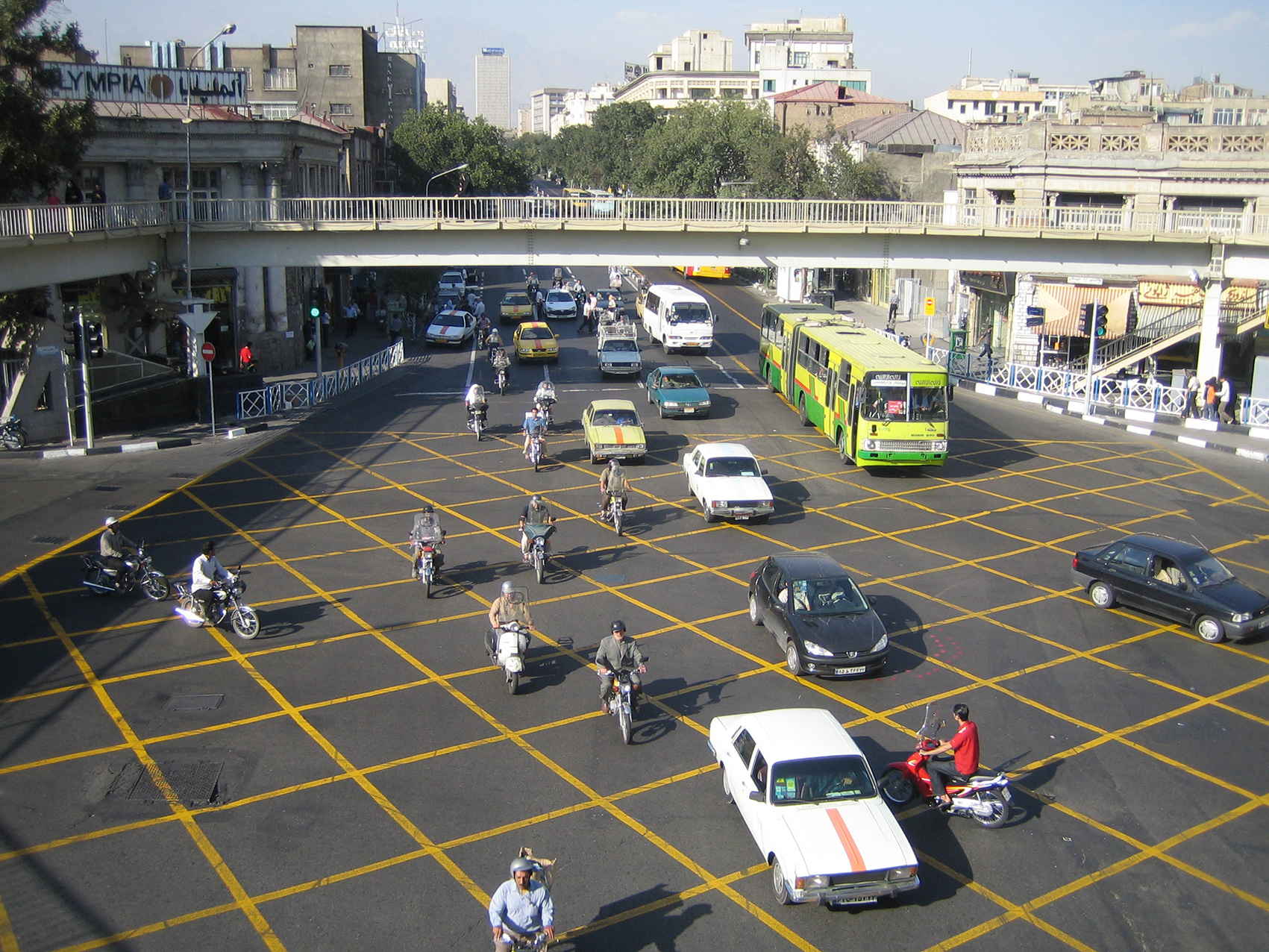The prevalence of antisocial behavior among road users (drivers, motorcyclists, and pedestrians) in Iran has caused a chaotic urban life that has been a subject of ridicule also in cyberspace.
Although no comprehensive study has been conducted on the subject, it is estimated that around 30% of drivers have antisocial and violent traffic tendencies. This is while such unacceptable behavior is said to be between 3% and 5% in western countries.
Men seem to be more likely to display such behavior. According to Hamid Souri, head of the research center for safety enhancement and prevention of injuries at Shahid Beheshti University of Medical Sciences, men exhibit violent and antisocial behavior three times more than women.
“Around 70% of traffic accidents are caused by male drivers,” he told IRNA.
Snarling traffic and related problems are everyday events in Iranian cities but the issue has never been thoroughly studied to get to the root of the problem, find the people committing the offences and the impact and cost of antisocial behavior on the road.
Souri suggested that haphazard growth and expansion, industrialization and urbanization is at least partly to blame for the problem.
“We’ve been growing at such a pace that the society has not had enough time to reflect and adapt to codes of the road,” he said.
Lack of education is among other causes, according to Souri.
“Children must be taught about traffic rules so that they avoid dangerous behavior when they grow up. Today kids see such (bad) behavior so often that they mistake it for normal behavior,” he said.
The inefficient legal system and poor enforcement of laws have also hindered the nurturing of decent and appropriate traffic culture.
“Yes, there are laws about honking the horn near certain places like hospitals…But the law does not say what can and must be done regarding unnecessary and disturbing honking in other places,” Souri said.
Besides, many rules are often ignored because they are hardly ever enforced by the police such as motorcycles using sidewalks to circumvent traffic, cars parking at pedestrian crossings, and jaywalking.
Repetition of an offence will gradually make it appear as an acceptable behavior.
“Enforcing the law does not only mean issuing tickets; the offender must also be temporarily deprived of certain rights. “
Unruly behavior does not only exacerbate traffic problems but also causes accidents, he noted.
Souri criticized the inappropriate design of roads in proportion to the constantly growing traffic that encourages motorists to break the law to get to their destination more quickly.
“Raising public awareness, strict enforcement of the law and rehabilitating urban structures are among the key measures that can help address the problem,” he concluded.
Road users include drivers, motorcyclists and pedestrians. Antisocial behavior among motorists can include using deafening horns, fighting over parking space, splashing water on walkers, throwing rubbish out of the ca…
Pedestrians also cause chaos by crossing the from the wrong side of the roads, refusing to use foot bridges, and speaking to drivers, among others.


